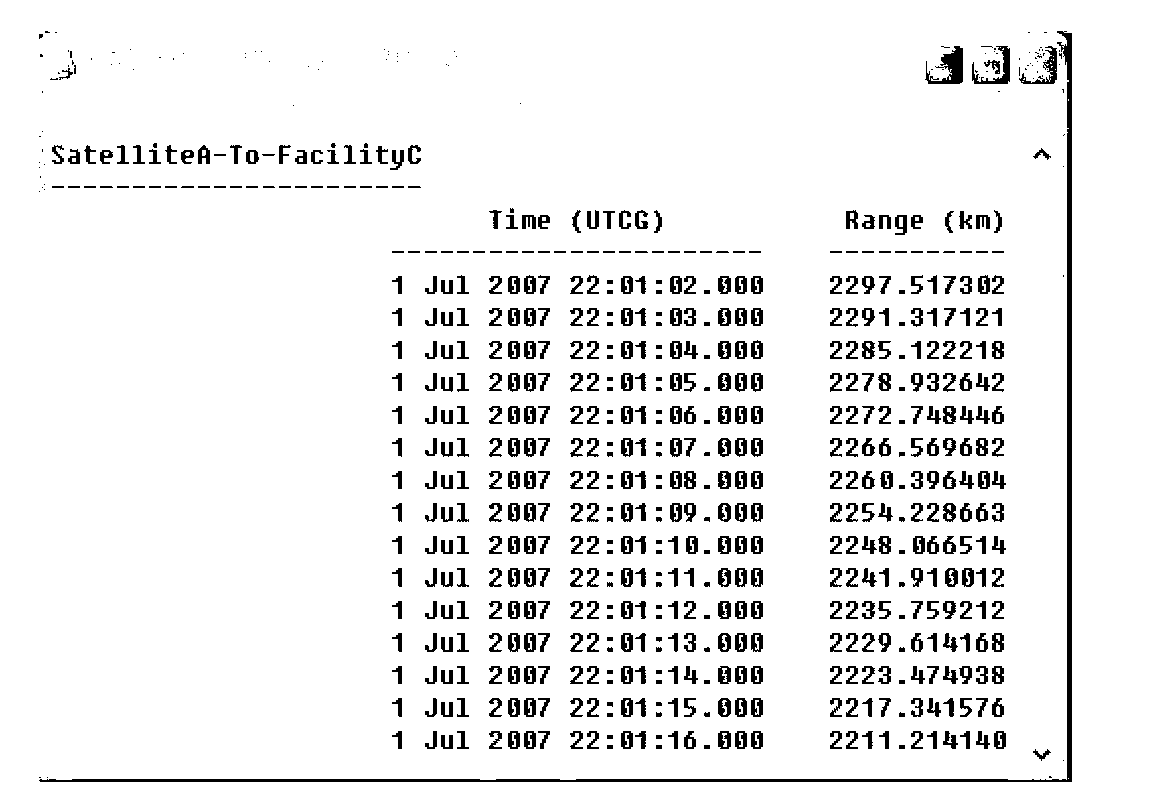Strabismus spaceborne bunching SAR PRT calibration distance changing migration method
A technology of distance migration and squint star, which is applied in the field of radar to achieve the effect of small amount of computation, avoiding the loss of imaging swath width, and reducing the difficulty of imaging processing
- Summary
- Abstract
- Description
- Claims
- Application Information
AI Technical Summary
Problems solved by technology
Method used
Image
Examples
Embodiment
[0050] Step 1. Set the initial pulse repetition time T 0 , input the discrete time-distance data D between the spaceborne SAR and the target, use the polyfit function in MATLAB software to obtain the slope distance-time variation function R(t) between the radar and the target, and calculate the initial moment distance R between the satellite and the target 0 , according to the distance R at the initial moment 0 with the initial pulse repetition time T 0 , calculate the distance ambiguity number n.
[0051] Specifically:
[0052] (i) Set the initial pulse repetition time T 0 =492.6×10 -6 s, input the discrete time-distance data between the spaceborne SAR and the target such as image 3 As shown, using the polyfit function in the MATLAB software, the fitting order is set to 2, and the slope distance-time variation function R(t) between the radar and the target is obtained as shown in formula (6)
[0053] R(t)=0.0163t 2 -0.7946t+1499.7 (6)
[0054] (ii) Substitute t=0 int...
PUM
 Login to View More
Login to View More Abstract
Description
Claims
Application Information
 Login to View More
Login to View More - R&D
- Intellectual Property
- Life Sciences
- Materials
- Tech Scout
- Unparalleled Data Quality
- Higher Quality Content
- 60% Fewer Hallucinations
Browse by: Latest US Patents, China's latest patents, Technical Efficacy Thesaurus, Application Domain, Technology Topic, Popular Technical Reports.
© 2025 PatSnap. All rights reserved.Legal|Privacy policy|Modern Slavery Act Transparency Statement|Sitemap|About US| Contact US: help@patsnap.com



